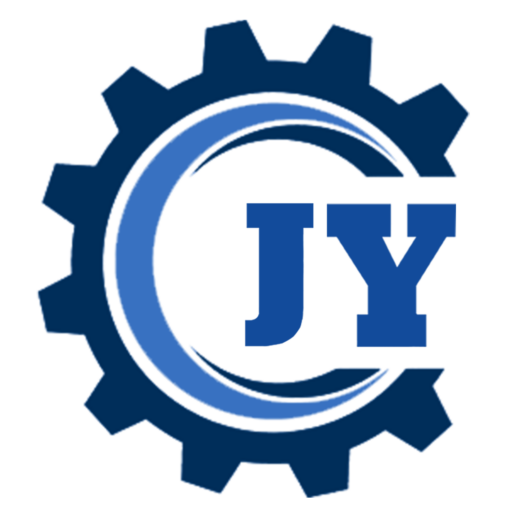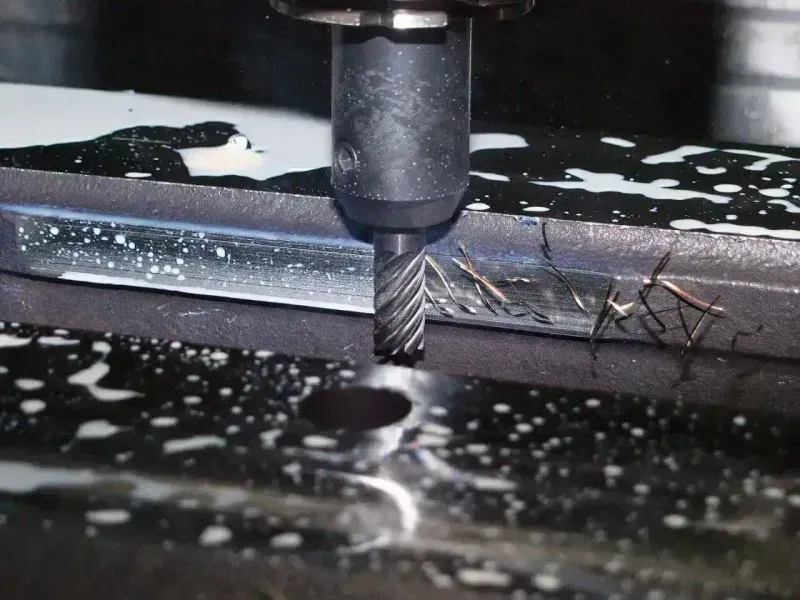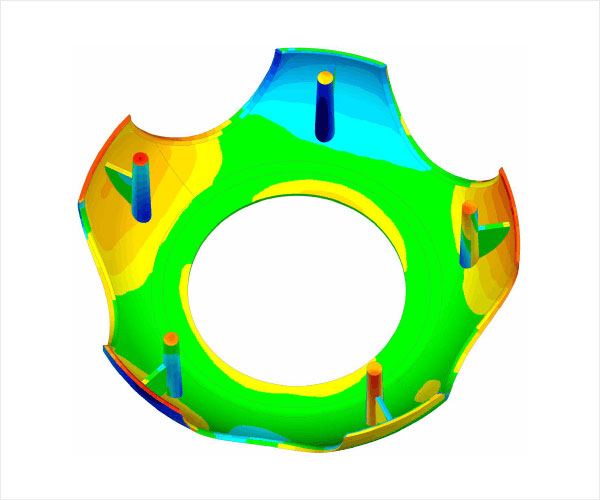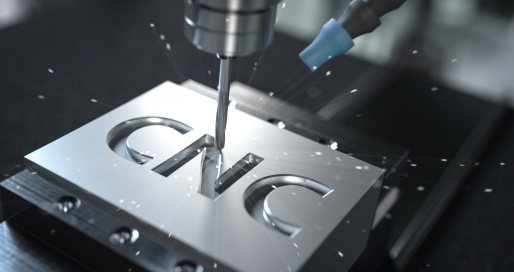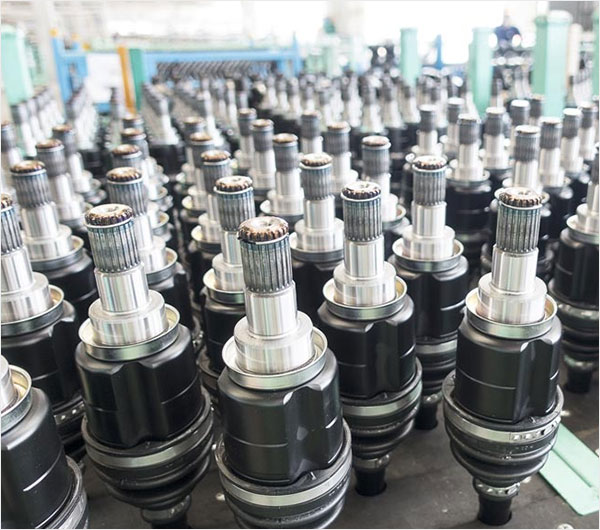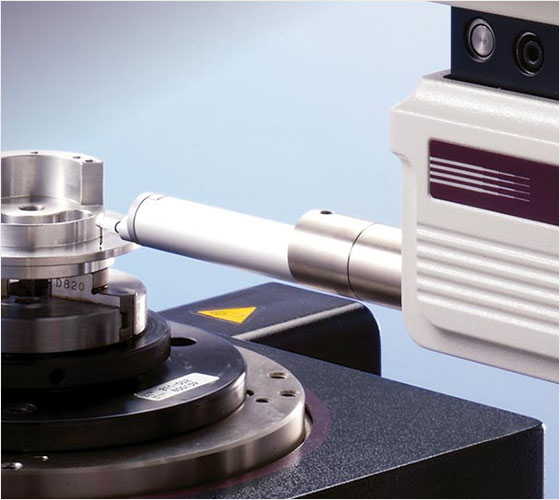When it comes to CNC machining, accuracy and precision are often at the top of the priority list, but one crucial factor that sometimes doesn’t get enough attention is the surface finish of the final product. Surface finish not only influences the aesthetic appeal of a part but also has significant functional implications, affecting everything from wear resistance to fatigue strength. In this blog, we’ll dive into why surface finish is essential in CNC machining, the factors that affect it, and how to achieve the ideal finish for various applications.
Why Surface Finish Matters in CNC Machining
Surface finish refers to the texture and smoothness of a part’s outer layer, achieved through machining processes or post-processing treatments. It impacts both the appearance and function of the part and can be the deciding factor in the quality and performance of CNC-machined components.
Here’s why surface finish is so important:
- Functionality: Surface finish affects how parts interact with one another. For example, a smoother finish on a bearing surface can reduce friction, leading to improved functionality and longer life.
- Wear and Corrosion Resistance: A polished surface often enhances wear resistance and makes the part less susceptible to corrosion by reducing surface irregularities where rust can form.
- Aesthetic Appeal: For consumer products, the surface finish is a key factor in visual appeal. A polished, high-gloss surface can make a product look sleek and premium.
- Improved Performance in High-Stress Environments: In industries like aerospace and automotive, surface finish can improve fatigue resistance, meaning the part can withstand higher stress and last longer.
Factors Affecting Surface Finish in CNC Machining
Achieving the perfect surface finish depends on a range of factors, including material properties, machining process, tool type, and cutting parameters. Let’s look at these in detail:
- Material Selection: Some materials naturally lend themselves to better finishes. For example, aluminum and brass can achieve a smooth, polished look with less effort, while harder materials like titanium may require additional processes.
- Cutting Tool Quality and Condition: Sharp, well-maintained cutting tools lead to a cleaner finish. Worn-out or dull tools can produce rough surfaces with irregularities.
- Machining Speed and Feed Rate: A slower speed and optimized feed rate usually result in a better surface finish. High-speed machining, while faster, can lead to surface irregularities due to increased vibrations.
- Coolants and Lubricants: Proper use of coolants and lubricants helps minimize friction and prevents overheating, which is critical for maintaining smooth surfaces during machining.
- Machine Condition: Regular machine calibration and maintenance are essential. A misaligned or vibrating machine can negatively impact surface finish quality.
Types of Surface Finishes in CNC Machining
There are various types of surface finishes that can be achieved through CNC machining, each suited to different applications:
- As-Machined Finish: This finish is achieved directly off the CNC machine without further processing. It leaves visible tool marks but is often adequate for functional, non-cosmetic parts.
- Bead Blasting: Bead blasting creates a matte or satin finish and is often used to remove minor imperfections and improve the uniformity of the surface.
- Anodizing: Popular for aluminum, anodizing not only improves corrosion resistance but also allows for color customization, making it ideal for parts where aesthetics are important.
- Polishing: Polishing brings a high-gloss finish and is common in industries like automotive and consumer electronics, where parts must look visually appealing.
- Powder Coating: For added durability and color, powder coating is often applied as a final step, providing a thick, wear-resistant layer to the surface.
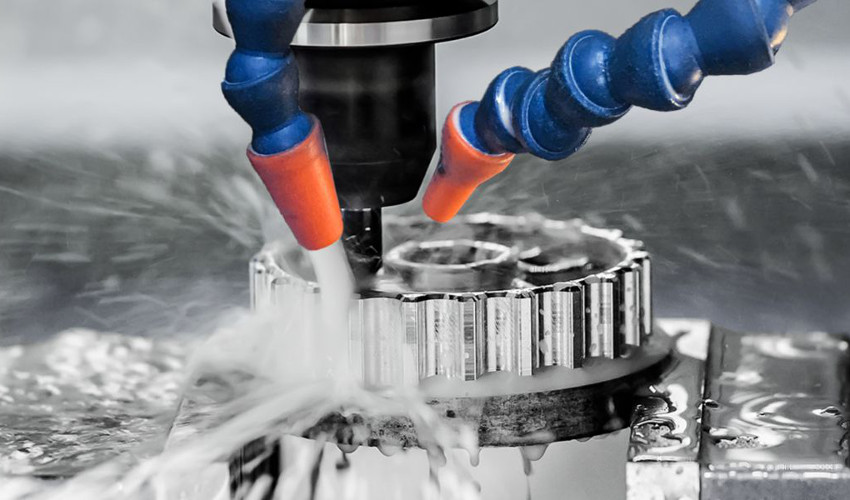
Achieving the Ideal Surface Finish: Best Practices
Here are some key practices to follow for achieving the desired surface finish on CNC-machined parts:
- Select the Right Tool: For precision work, consider using carbide or diamond-coated tools that are known for durability and precision.
- Optimize Cutting Parameters: Adjust speed, feed rate, and depth of cut according to the material and desired finish. Slow and steady often results in the best finishes.
- Use Post-Processing Techniques: Processes like polishing, bead blasting, and anodizing can significantly improve the finish after machining.
- Regular Machine Maintenance: Routine calibration and alignment checks can help keep your CNC machine running smoothly, reducing vibrations that can negatively impact the finish.
Industries That Require High-Quality Surface Finishes
While surface finish is essential across all industries, some sectors have particularly high demands for it due to the nature of their applications:
- Aerospace: Parts need to be smooth to reduce drag and withstand extreme conditions.
- Medical: Surgical tools and implantable devices require ultra-smooth finishes to avoid tissue damage and improve sterilization.
- Automotive: Many car parts, such as engine components, need a high-quality finish to enhance performance and durability.
- Consumer Electronics: For electronics, especially handheld devices, a premium finish boosts visual appeal and consumer satisfaction.
Conclusion
Surface finish plays an essential role in CNC machining, influencing both the appearance and functionality of the final product. By understanding the factors that affect surface quality and adopting best practices, manufacturers can produce parts that not only meet aesthetic standards but also perform optimally under specific conditions.
Investing in the right tools, materials, and post-processing techniques can make all the difference, leading to satisfied customers and high-quality parts that stand the test of time. For businesses looking to deliver top-notch results, prioritizing surface finish is a step toward excellence in CNC machining.


